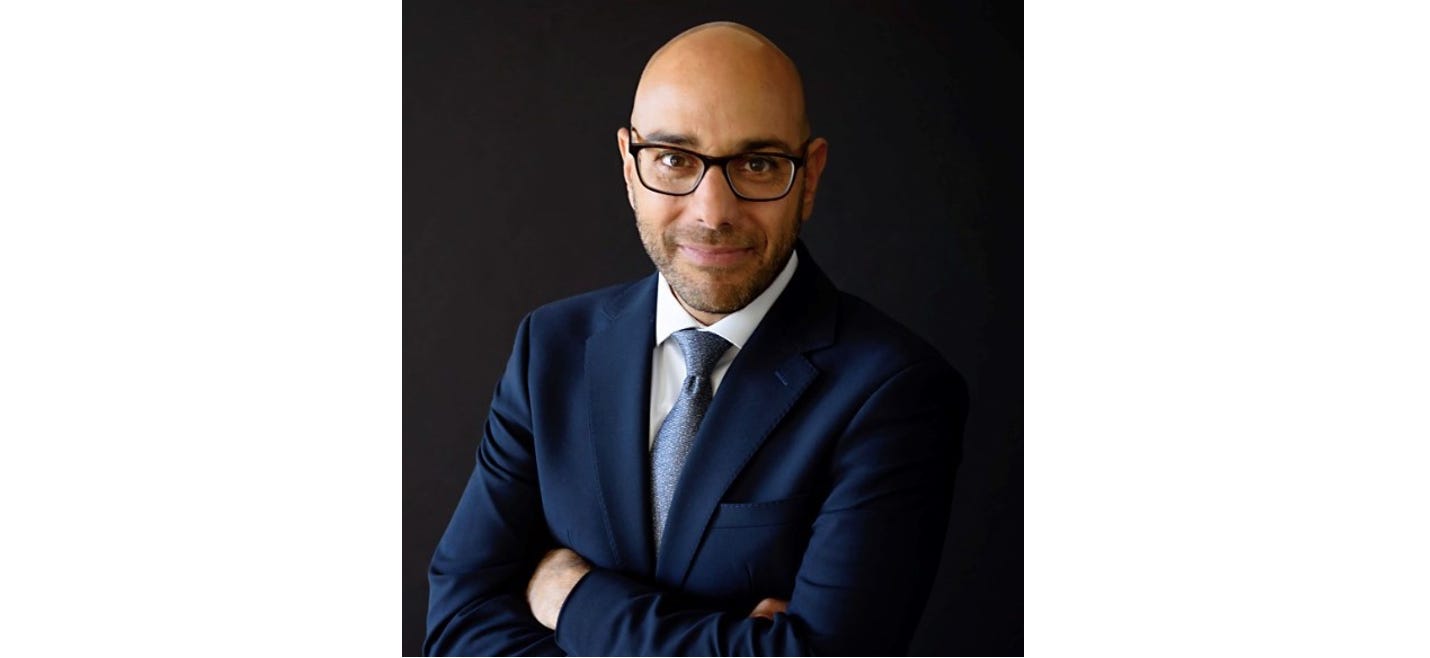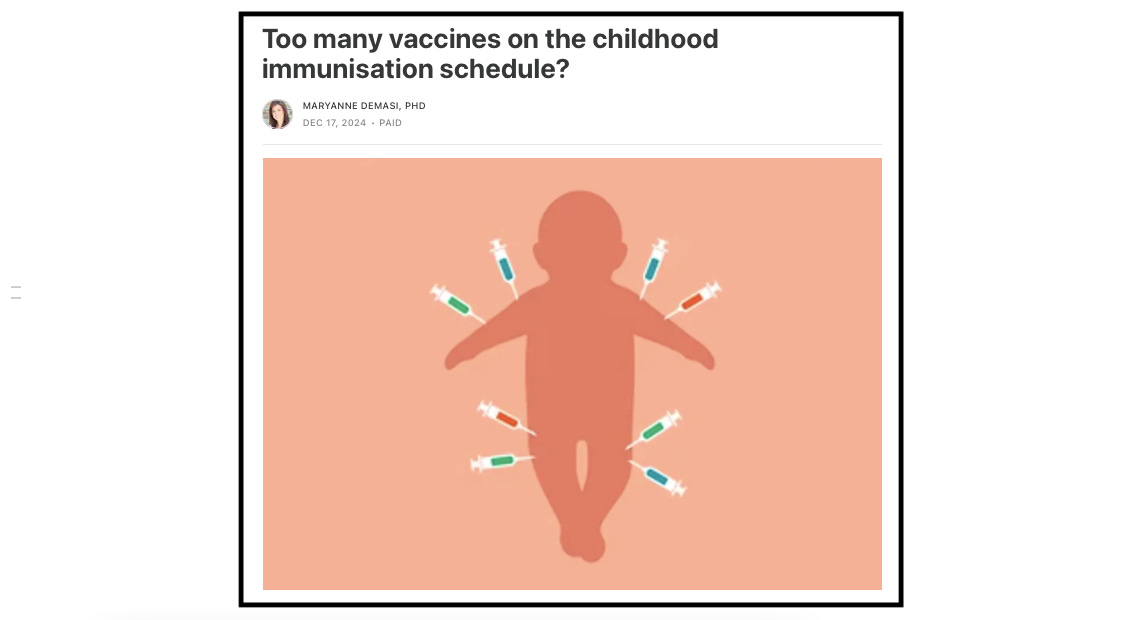“It’s shameful,” said attorney Aaron Siri of Siri & Glimstad LLP, criticising the FDA’s decision to expand use of the meningococcal vaccine MenQuadfi to infants as young as six weeks.
Previously licensed for children over two, the vaccine is now approved for babies aged 6 weeks to 23 months, based on trials in which infants received up to four doses.
Siri, who has represented families affected by vaccine injury, says the move reflects a broader pattern of weak oversight—where flawed trial designs and circular assumptions are used to justify approvals despite serious safety concerns.
Serious adverse events in infants
According to the FDA’s own summary, 5.3% of infants who received MenQuadfi in clinical trials experienced at least one serious adverse event (SAE)—defined as any medical occurrence resulting in death, hospitalisation or disability.
That figure reflects SAEs reported from the first dose through six months after the final dose.
That’s roughly one in every 20 children.
In the comparator group, 3.6% of infants who received Menveo also experienced a serious adverse event during the same period.
Instead of raising concern, the FDA took comfort in the similarity.
The agency concluded that because the rates of serious reactions were “comparable,” the expanded use of the vaccine in infants could be considered safe.
But that logic, Siri argues, is dangerously circular. “Because these rates were ‘similar,’ this product was deemed ‘safe’ by FDA because it assumes Menveo is ‘safe.’”
In the end, Sanofi, the company selling MenQuadfi, chalked up only two cases as possibly related to vaccine—both febrile seizures after the 4th dose, given in combination with MMR, varicella, and PCV13 at 12 months of age.
A placebo problem
The issue, Siri says, lies in the chain of assumptions.
Menveo wasn’t tested against a true saline placebo. It was compared to Menactra—another meningococcal vaccine. Menactra, in turn, was tested against Menomune.
But Menomune—now discontinued—was never tested against a placebo either.
The final twist?
In a bizarre loop of regulatory logic, the package insert for Menomune cites the clinical trial for Menactra—where Menomune was the comparator—as part of its own safety justification.
“I couldn’t even dream of making this stuff up,” Siri said.
What emerges is a kind of regulatory ouroboros—a snake swallowing its own tail—where each new product is built on the presumed safety of the last, and none are ever measured against a neutral baseline.
The vaccine safety pyramid
“This provides a good example of the vaccine safety pyramid scheme,” said Siri.
“Menomune was licensed without a proper placebo-controlled trial and was then used as the control to license Menactra; Menactra is then used as the control to license Menveo; and then Menveo is used as the control to license MenQuadfi,” he added.
Each step is built on the presumed safety of the one before it—but without any solid foundation. No inert comparator. Just a chain of assumptions.
“Hence, we get a trial with 5.3% and 3.6% of infants suffering serious adverse reactions and no one bats an eye—they grant licensure,” Siri said.
How did the FDA allow this?
Under current FDA guidelines, vaccine manufacturers are not required to use a placebo—an inert substance such as a saline injection—in pre-licensure trials. Instead, “active comparators” such as other vaccines are commonly used.
This practice speeds up approval, especially when companies argue the control group must be “protected” from the disease being targeted.
But critics say it undermines transparency and obscures harms.
If both the test vaccine and the comparator cause adverse events, the trial may appear to show no safety signal—even if the absolute rate of harm is high.
In this case, the FDA accepted the MenQuadfi trial design without requiring a true placebo group—despite the high rate of reported serious events.
Who pays the price?
Since MenQuadfi is already on the CDC schedule for older children, the pharma companies profiting from this product already have liability protection under U.S. vaccine injury laws.
“FDA and pharma have nothing to lose here,” Siri said.
“We, as taxpayers, will pay for all of the harms suffered and, worst of all, the children who are injected and harmed and their families will really pay for the harms,” he added.
It’s not the first time critics have accused the FDA of playing fast and loose with vaccine safety data, especially in the wake of Covid-19.
But this case, Siri argues, is a textbook example of how safety assessments are gamed when it comes to childhood vaccine.
Restoring integrity in vaccine testing
At the heart of Siri’s warning is a plea for scientific integrity.
Without true placebo-controlled trials, he argues, there’s no meaningful way to detect harms—just one untested product being measured against another.
“This isn’t science. It’s a shell game,” he said.
As MenQuadfi rolls out to younger babies, public health officials will no doubt emphasise its potential to prevent a rare but deadly disease.
But advocates like Siri want parents and legislators to understand what’s beneath the product label—not just a vaccine, but a regulatory system that is collapsing under the weight of its own shortcuts.
https://blog.maryannedemasi.com/p/fda-branded-shameful-over-infant


No comments:
Post a Comment
Note: Only a member of this blog may post a comment.